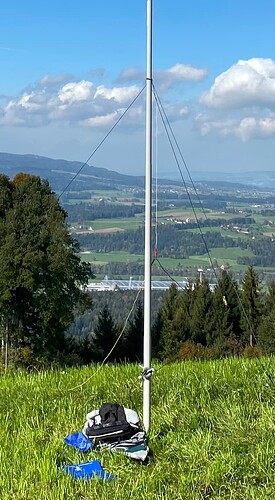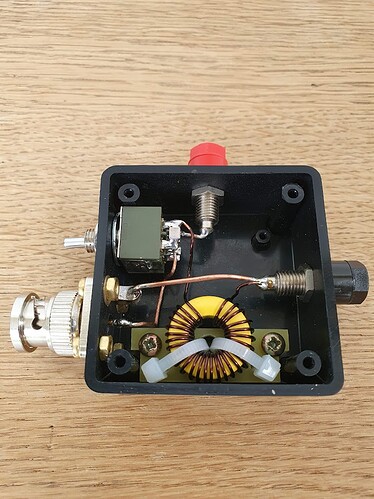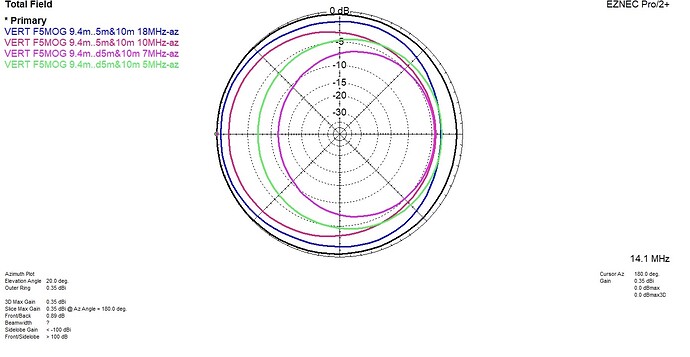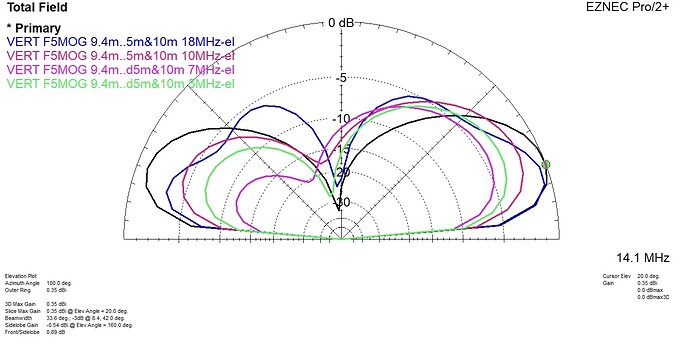Hello,
,
As an antenna, for the simplicity of use, I use a vertical 9.38 m wire, on a 10 meters fiber mast (DX-wire mast), and 2 radials on the ground, 10 and 5 m.
With my rig, an ALT-512, I have a T1 elecraft tuner, which finds a perfect match on 60-40-30-20-17-12-10 m. (cw part of the band)
I recently got a KX2 with its internal tuner. Seems that the internal tuner does not have the performance of the T1. I obtain a perfect match on 60-40-30-17-12-10. But on 20 m, at very best swr 2.5, often more.
I tried a recommended length of 7.50 m, as per KX2 manual, but with this length the 18 MHz does not match.(again lambda/2 on 18 Mhz)
My favorite bands are 40-30-30-17 m.
So, among the KX2 users, any recommendation of a magic length of wire, accepted by the kx2 antenna tuner, suitable for 60 to 10 m, (or at least 40 to 17 m.)
Or a trick, eg a tranformer (how to ?) to be switched in my existing set-up, to be used only on 20 m, to bring the antenna impedance in a range acceptable by the kx2 internal tuner ? Any experience in the sota community ?
73 de Pierre F5MOG
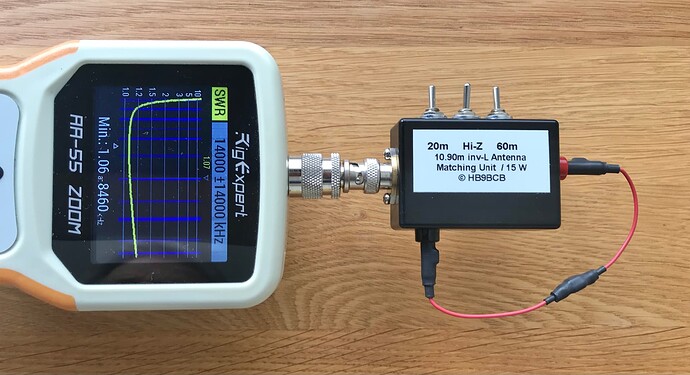
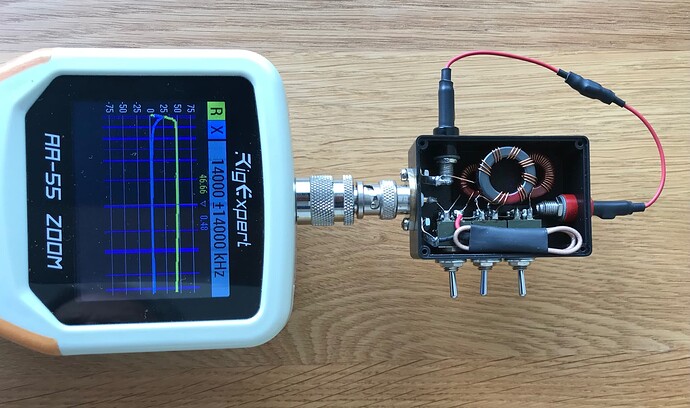
 ) about 1.5m long and at the end a 1:1 balun, between balun and KX2 about 30cm coax. It works perfect for me on all bands between 10m and 40m. SWR is on all bands between 1 and 1,5
) about 1.5m long and at the end a 1:1 balun, between balun and KX2 about 30cm coax. It works perfect for me on all bands between 10m and 40m. SWR is on all bands between 1 and 1,5